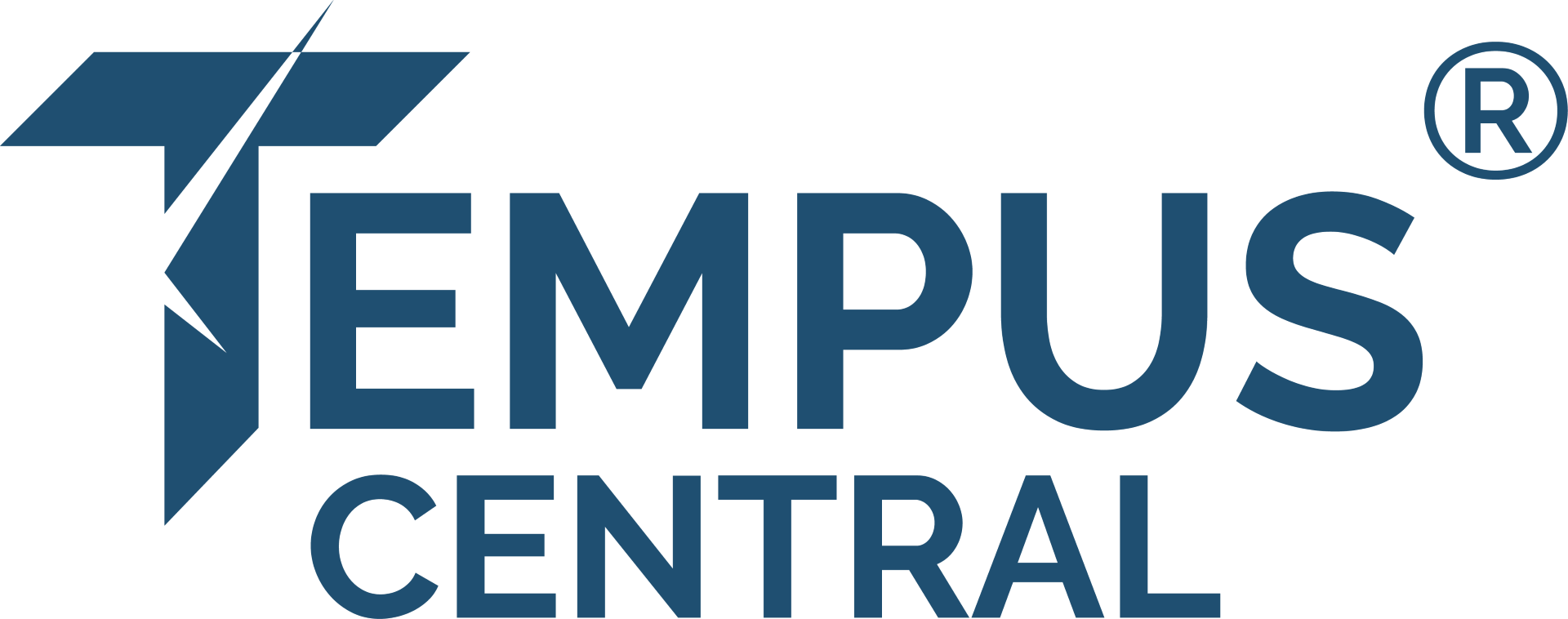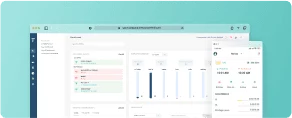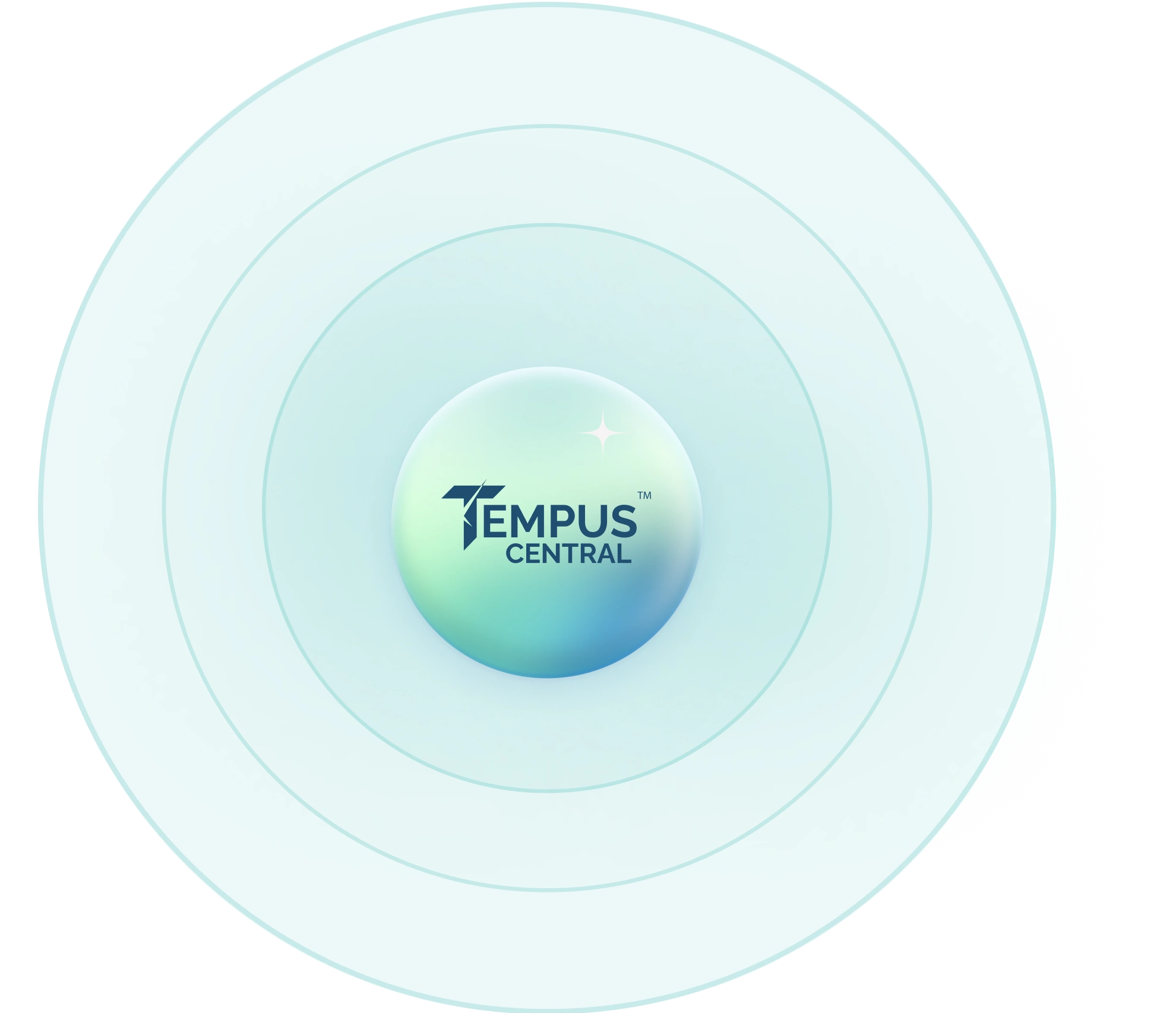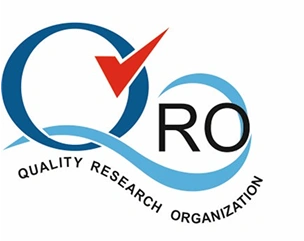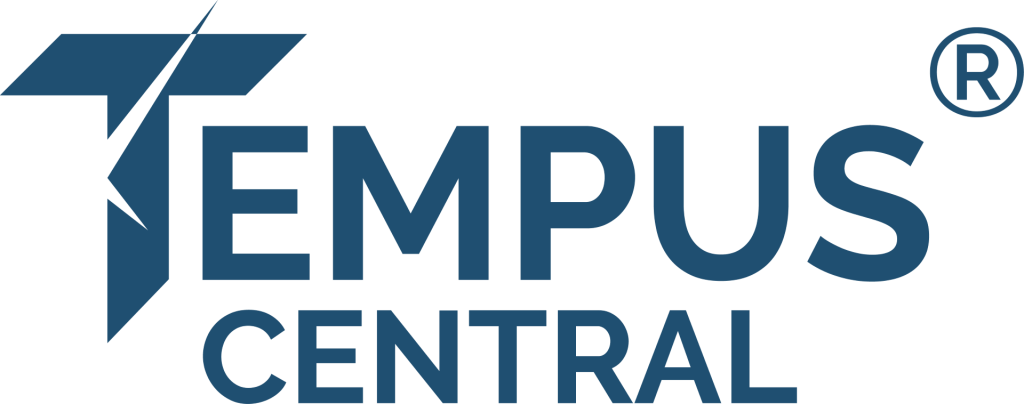
In the constantly changing world of manufacturing, good attendance and leave management is very important. HR professionals in this industry understand the challenges of keeping track of attendance and managing leaves effectively. As technology advances, there are innovative solutions that can streamline these processes, making life easier for HR teams and boosting overall operational efficiency.
In this comprehensive blog, we will delve into the world of workforce management in the manufacturing sector. We will explore the benefits of adopting modern solutions, highlight key features to look for, address challenges faced by HR in manufacturing, discuss future trends shaping this vital aspect of HR operations, and provide a comparison table of popular tools. Additionally, we’ve included a FAQ section to address common queries. Let’s dive in!
Benefits of Efficient Attendance and Leave Management
Efficient attendance and leave management offer a multitude of advantages for manufacturing units:
- Reduced Administrative Burden: Automation of attendance and leave management reduces the manual workload on HR professionals, allowing them to focus on more strategic tasks.
- Accurate Tracking: Modern systems ensure accurate attendance tracking, minimizing errors and disputes, which can be common in manufacturing settings.
- Improved Compliance: Manufacturing often has stringent labor laws and regulations. A dedicated system can help ensure compliance with labor laws related to attendance and leave.
- Enhanced Productivity: With better attendance tracking and leave management, manufacturing units can maintain optimal staffing levels, ensuring uninterrupted production.
- Cost Savings: Efficient systems can help reduce costs associated with absenteeism and overtime payments, positively impacting the bottom line.
- Employee Satisfaction: Accurate and fair leave management leads to higher employee satisfaction, contributing to lower turnover rates.
Key Features to Look for in Attendance and Leave Management Solutions
When choosing a system for attendance and leave management in the manufacturing sector, consider the following key features:
- Biometric Integration: Integration with biometric devices for accurate clock-ins and clock-outs.
- Shift Management: Ability to manage and assign shifts to employees based on production requirements.
- Leave Requests: Easy-to-use interface for employees to request leaves and for managers to approve or reject them.
- Compliance Tracking: Ensure the system complies with labor laws and regulations specific to the manufacturing industry.
- Reporting and Analytics: Robust reporting capabilities to analyze attendance patterns, leave trends, and productivity metrics.
- Mobile Accessibility: Mobile app support for on-the-go access and approval of attendance and leave requests.
- Integration with Payroll: Seamless integration with payroll systems to automate leave-related salary adjustments.
- Customization: Ability to customize the system to align with the unique needs of your manufacturing facility.
Challenges in Attendance and Leave Management for Manufacturing
- Complex Shift Scheduling: Manufacturing facilities often operate around the clock with employees working in shifts.
- High Turnover Rates: The manufacturing industry is known for its relatively high turnover rates.
- Seasonal Demand Variations: Many manufacturing sectors experience seasonal fluctuations in demand.
- Compliance with Labor Laws: Compliance with labor laws and regulations is a top priority in manufacturing. The rules can be complex and vary by location.
- Remote Locations: Some manufacturing facilities are located in remote areas, making it challenging to implement and maintain attendance and leave management systems.
- Integration with Equipment: In manufacturing, employees often operate machinery and equipment. Integrating attendance systems with equipment can improve safety and productivity.
- Employee Training: Manufacturing employees may require specific training or certifications to operate machinery or handle hazardous materials.
- Handling Shift Swaps: Manufacturing employees often need to swap shifts due to personal reasons or emergencies.
- Addressing Language Barriers: In manufacturing, there may be a diverse workforce with varying language skills.
- Data Security: Manufacturing facilities deal with sensitive data, including employee information and production data.
Future Trends in Attendance and Leave Management for Manufacturing
As technology continues to evolve, several future trends are likely to impact attendance and leave management in the manufacturing industry:
- Artificial Intelligence (AI) and Predictive Analytics: AI-powered systems will become more adept at predicting attendance patterns and leave trends.
- Wearable Technology: Wearable devices with biometric capabilities can offer a seamless and secure way to track attendance.
- Enhanced Mobile Functionality: Mobile apps for attendance and leave management will continue to improve, providing HR professionals with even greater flexibility and accessibility.
- Virtual Reality (VR) for Training: VR can be used for immersive training experiences in manufacturing.
- Blockchain for Security: Blockchain technology can enhance data security and integrity, ensuring that attendance and leave records remain tamper-proof and transparent.
Conclusion
Efficient attendance and leave management is a cornerstone of success in the manufacturing industry. HR professionals should seek out systems that address the specific needs of manufacturing, from complex shift scheduling to compliance with labor laws.
